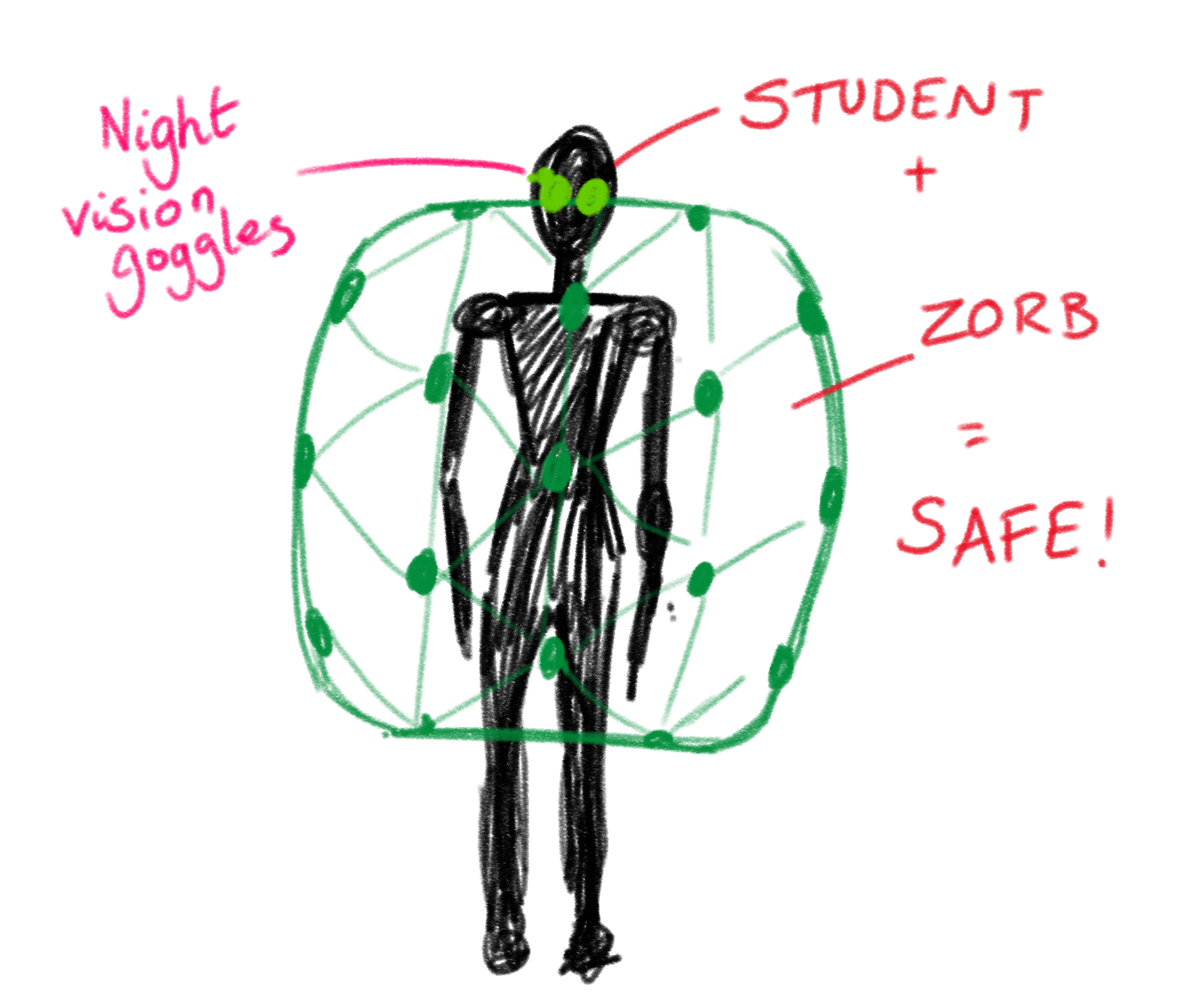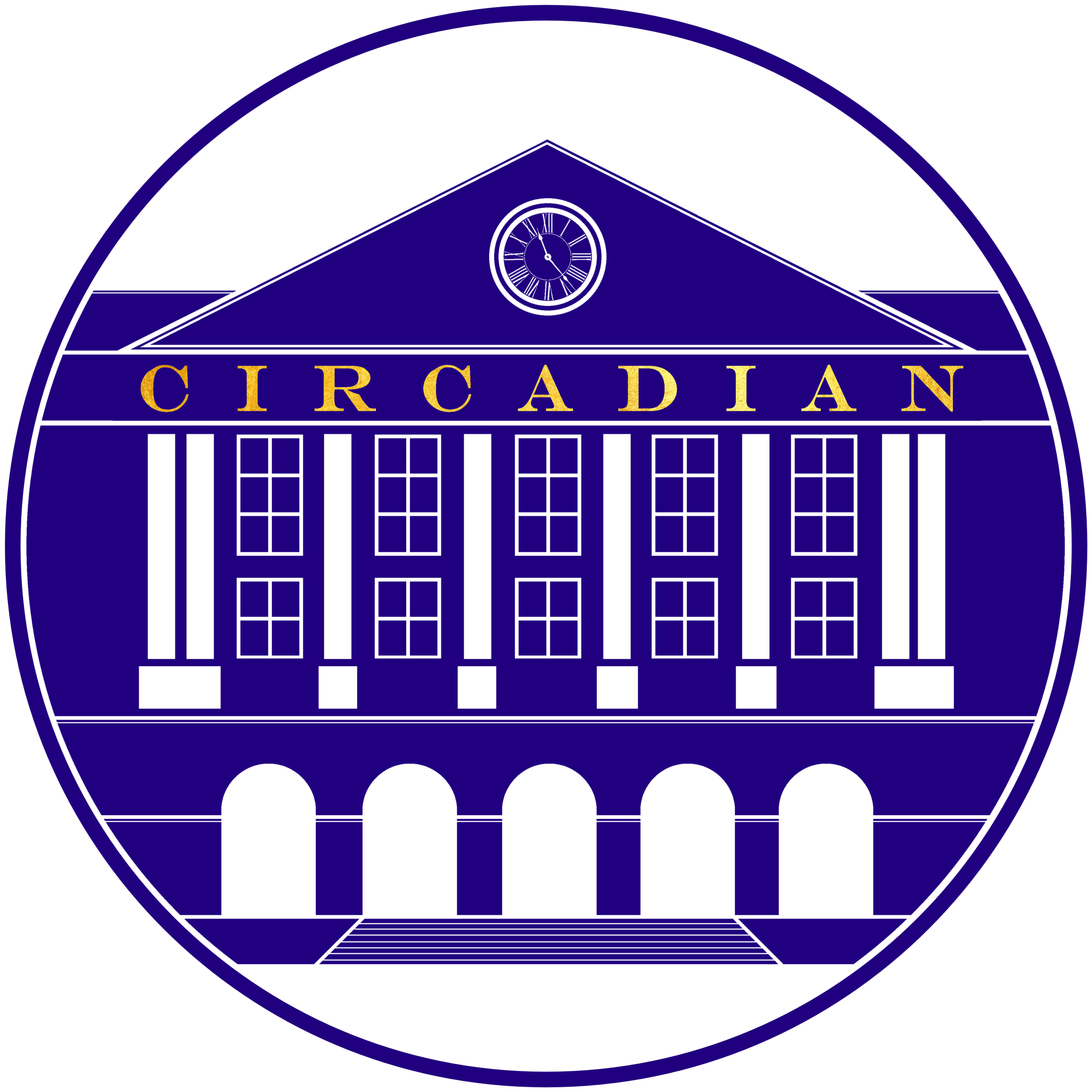Smells Fishy
Imagine a young 20-year old having just passed his driving test. He scraps together every penny that he earns working at his part-time job at the students’ union, and somehow manages to not only buy a car, but can afford the ridiculously priced insurance that comes along with it. However, while driving down the motorway, he is involved in a horrific car accident and sustains a traumatic brain injury (TBI). While being rushed to A&E, one of the myriad of treatments that have been administered to him by the doctors and nurses, is omega-3.
Although this may seem dark and twisted, this morbid fascination stems from the reality of most TBI cases. In fact, the leading cause of TBI-related hospitalisations in people aged 15-44 today are due to motor vehicle crashes. Therefore, the search for an effective, safe, and cheap treatment becomes imperative. However, before we take a look at some of the treatments that can be used, let’s first look at what defines a TBI and the its different types.
The brain is around 1.3 kg of jelly composed of millions of individual cells called neurons. TBI can cause these cells to malfunction or even die. In brief, there are three main parts of the brain. The cortex is the largest part of the brain and it is here where most of the thinking happens. Here, our personalities, emotions, and speech is formed and monitored. Secondly, located at the bottom-end of the brain, is the cerebellum. The main function of this structure is to modulate coordination, balance, and posture. Finally, arguably one of the most critical parts of the brain, is the brain stem. The brain stem connects the brain to the spinal cord and controls survival functions such as breathing, heart-rate, consciousness, and alertness. The three structures are protected by the cranium, or skull. Inside of the skull, there are pronounced bony structures with ribbing throughout, while the outside is smooth. If a person is involved in a car-accident, falls, or simply gets hit in the head, the brain can move inside the skull and can be thrusted against the aforementioned bony protrusions. This leads to the bruising and tearing of the brain tissue causing injury.
When the brain slams against the skull, damage can occur on the site of impact and on the opposite side of the brain. This is known as coup-contrecoup brain injury. This can be a severe TBI, depending on the strength of the impact, extent of damage, age, and other personal factors. On the other hand, a concussion is a type of mild TBI (mTBI). This is commonly caused by blows to the head. A simple way of describing concussions is to imagine someone vigorously shaking your brain. Although concussions are usually mild, frequent concussions can lead to chronic traumatic encephalopathy, a condition common in boxers. Other injuries can be classified as brain contusions, which are classified as having a bruise in the brain. So, what are the main-stay treatments for most TBIs? Treatments vary from case to case, but commonly involve craniotomies (especially in emergency cases), occupational, physical, and speech therapies, psychological counselling, and much more. One treatment that has emerged more recently is the administration of omega-3 fatty acids.
For a long time, fish and fish oils have upheld their reputation as being a great “brain food”. Indeed, the literature has emphasised its role in improving focus, performance, and even aiding cognitive development in babies and young adults. For example, a study in 2012 at the University of Pittsburgh demonstrated that consuming more omega-3 could improve a young adult’s working memory. In TBI, it has been shown that omega-3 has a protective benefit, especially if it is administered shortly after injury. Studies have shown that DHA (one of the long-chained types of omega-3) administration 2 hours after injury improves neurological function, nerve cell survival, reduces inflammation, and decreases oxidative stress. Furthermore, studies from Sweden demonstrated that omega-3 produces a natural molecule called resolvins. When administering resolvins to mice 24-hours prior to injury, they noticed an improved nerve cell function. Neuroscientists in the Blizard Institute here at Bart’s have heavily investigated the impact of DHA in spinal cord injuries as well.
Omega-3 helps patients with TBI because of its role in fighting inflammation. Although inflammation can be beneficial, as it acts to recruit cells to the site of injury to help fix it, in cases where inflammation is not controlled, it damages tissues. In the brain, uncontrolled inflammation as a result of low pro-resolution molecules, leads to neuronal damage and ultimately loss of brain function. Hence, omega-3’s anti-inflammatory properties can alleviate the damage that occurs in the brain. Nevertheless, DHA is not some magic drug that will resolve all of the complications and issues arising from TBIs. Omega-3 is a family with many members, meaning that DHA alone is not sufficient. Omega-3 administration coupled with the myriad of treatments previously mentioned, can speed up the road to recovery in patients suffering from TBI. Research that investigates possible treatments in everyday food items makes us think that the next big breakthrough in science and medicine could really be in our next takeaway!
Sources
Anne-Marie Chalmers, Traumatic Brain Injury (TBI) Recovery with Omega 3 Fish Oil. (2015). Omega3 Innovations. Retrieved 5 November 2019, from https://omega3innovations.com/blog/the-road-to-brain-injury-recovery-with-omega-3-fish-oil/
Facts About Traumatic Brain Injury | BrainLine. (2017). BrainLine. Retrieved 5 November 2019, from https://www.brainline.org/article/facts-about-traumatic-brain-injury
Omega-3 Intake Heightens Working Memory in Healthy Young Adults | University of Pittsburgh News. (2019). News.pitt.edu. Retrieved 5 November 2019, from http://www.news.pitt.edu/Omega_3_Fatty_Acids_Memory
What are Traumatic Brain Injuries (TBIs)? | Brain & Injury Law. (2019). Brain & Injury Law - Webster & Associates. Retrieved 5 November 2019, from https://www.braininjurylaw.ca/resources-and-education/traumatic-brain-injury/






